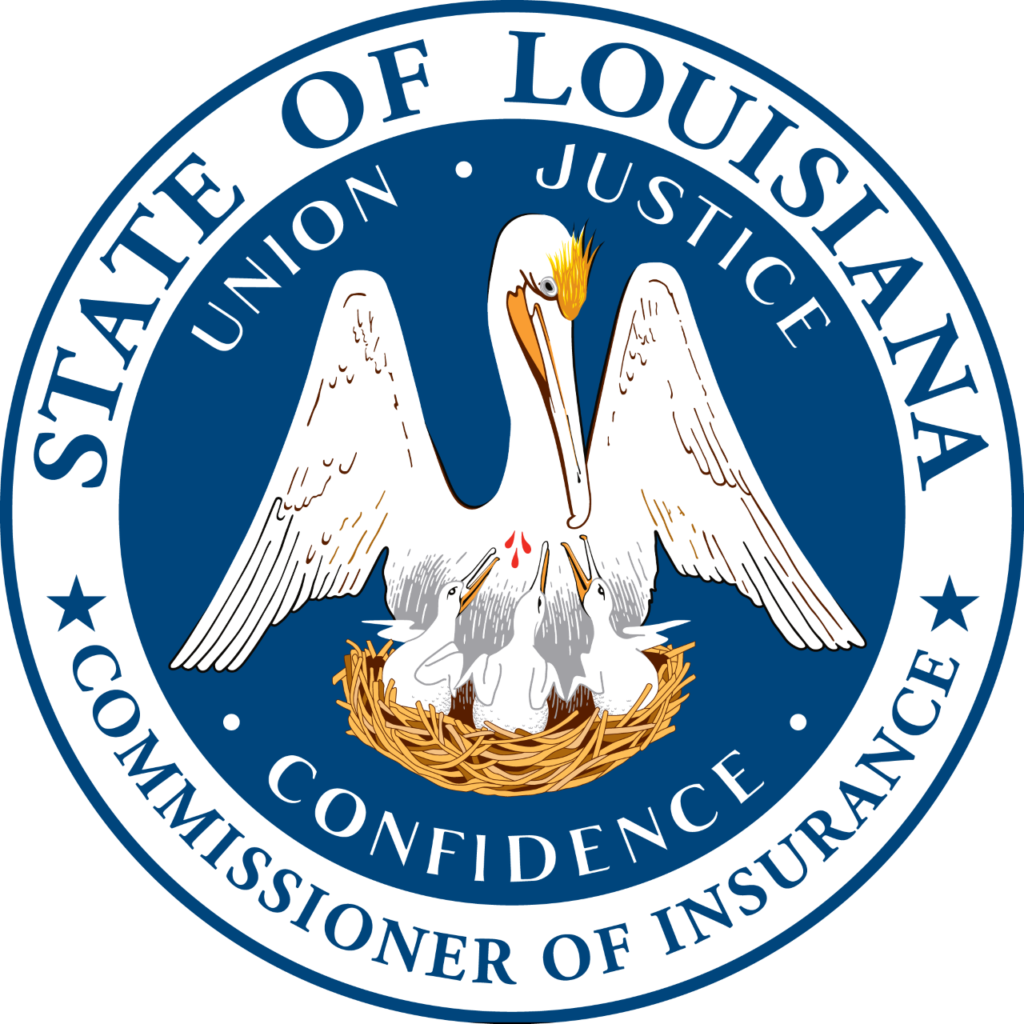Podcast: Play in new window | Download (Duration: 1:02:16 — 85.5MB)
Ron C. Henderson and Ron Camarota of the Louisiana Department of Insurance’s Office of Consumer Advocacy join Discover Lafayette to speak on the ins and outs of home insurance policies, figuring out how to get adequate coverage, and what your rights are as a consumer, especially after a storm. With hurricane system here, this is an important topic.
Knowing what your home insurance policy covers is critical to understanding your rights after a storm or catastrophic damage occurs. The Louisiana Department of Insurance is on a mission to educate consumers before they experience the heartbreak of being inadequately insured in the wake of a disaster.
In Louisiana, flood damage is a common occurrence as 57 of our 64 parishes experience flooding. However, since 1964 in the U. S., flood damage coverage has been excluded from standard homeowner’s insurance policies; it must be purchased separately under a policy underwritten by FEMA. This is the only insurance resort available to homeowners under Congress’s National Flood Insurance Program. Many a homeowner policyholder has been devastated to learn they have no insurance coverage after a flood.
Flood insurance covers water damage “from the ground up.” That is, it kicks in when a storm causes water to enter your home from the ground level. Traditional homeowners/commercial policies will cover damage from “top-down” water damage that occurs.
Your deductible can drastically affect the cost of your premium. Ron Henderson gave an example of his father who had maintained a $50 deductible for decades and wondered why his rates were so high. Once he determined he could afford a $10,000 deductible, his premiums were reduced accordingly.
The Louisiana Department has an online rate-shopping tool to help you compare insurance rates among companies to get the best rate for your individual needs. Visit https://www.ldi.la.gov/online-services/shop-your-rates/homeowners-comparison-guide.
When speaking with insurance agents, be prepared to ask the right questions. Always ask for alternatives to what is quoted. “Can I get a better option? Can I get a static fee deductible or do I have to go with a percentage of the hurricane damage? What is excluded from coverage? What is the Additional Living Expense allowance under the policy in the event I am displaced? Is this covering Actual Cash Value or Replacement Cost of damaged property? Is mold covered?”
A storm deductible typically ranges anywhere from 2%-5% of a home’s total insured value – so if a home is insured for $200,000 and has a 5% deductible, the first $10,000 in repairs must be paid out of pocket by the policyholder. If you can negotiate a lower deductible for these occurrences, it may well be worth it.
Both guests stressed the importance of reading your insurance policy. Familiarize yourself with the sections and what each cover. Insurance policy language is effective for one year at a time and changes are reflected in each one-year renewal period, perhaps causing you to experience changes in contractual terms that you may not desire. Most consumers never take the time to read their policy and are shocked when confronted with a damage claim that is not reimbursable or not reimbursed at the level needed to get back on their feet. It is critical to be proactive in understanding what your policy covers and take steps to add coverage if it is not initially offered. You can always purchase an endorsement or rider to expand existing coverage on things such as antique furniture, jewelry and other valuables. Keep up with the value of your home as it may be prudent to raise your coverage as real estate prices inflate.
Ron Henderson says “You get what you pay for.” Not meaning that the insurance company doesn’t want to reimburse you, but “they will only reimburse you for what your policy covers.”
“Insurance companies want to pay their claims, what they owe you. They will never pay you more than they owe you. And they will pay you less if you let them. The policy is a legal contract, binding on both parties, and the contract is written in a way that protects the insurance company’s bottom line while giving you the coverage“, says Ron Henderson.
After you experience storm damage, take pictures to document your damages. Take photos of everything: clothes, furniture, damage to the dwelling, etc. Mitigate the damage as soon as it is safe; make temporary repairs such as covering holes in windows and the roof as soon as you can. Adjusters won’t cover additional damage that occurs post-storm if you haven’t mitigated the loss. Ron Henderson says, “There is a difference between having damage and being able to prove your damage. Photos will create images of what happened. After mitigation, take photos to prove what you’ve done so you can get reimbursed. Call the insurance company to get their blessing if you want to move forward, let’s say, on having your roof repaired. Don’t throw things away until the adjuster has seen them.
File your claim as soon as possible to get on the statutory “clock” to have your claim resolved by the insurance company. Louisiana law requires an insurer to send an adjuster to your home within 30 days after notification of loss.
Distinguish between actual cash value versus replacement. Actual Cash Value is the amount it will cost to repair your damage, and then that sum is depreciated. As an example, if you have a roof with 30-year shingles and your roof is 15 years old when the storm hits, the adjuster will calculate the value at 15 years of age. Conversely, the replacement cost will be the sum it takes to fully replace your loss.
A helpful tool to conduct an inventory of your home is an app launched by the National Association of Insurance Commissioners. You can create and protect a record of your belongings with their free app. Visit https://content.naic.org/article/news-release-naic-launches-home-inventory-app.
The Department of Insurance is conducting a “Know Your Policy Tour” and wants to schedule meetings for any size audience throughout the state. Their goal is to help you arm yourself with the right questions for the insurance companies.”

If you have general questions about your insurance policy, the Louisiana Department of Insurance Office of Consumer Advocacy can help. Dial 1-800-259-5300, option #4.
If you’d like to schedule a meeting in your town with Consumer Advocacy reps who are conducting the “Know Your Policy” tour, contact Ron Camarota at (225)219-5818.
If you believe your insurance company has not handled your claim properly, you may file a complaint with the Louisiana Department of Insurance. They will determine whether your insurance company has followed Louisiana law and abided by the terms of your policy in processing your claim.
We thank the Louisiana Department for its service to our citizens. And of course, thank you Ron Camarota and Ron Henderson!




